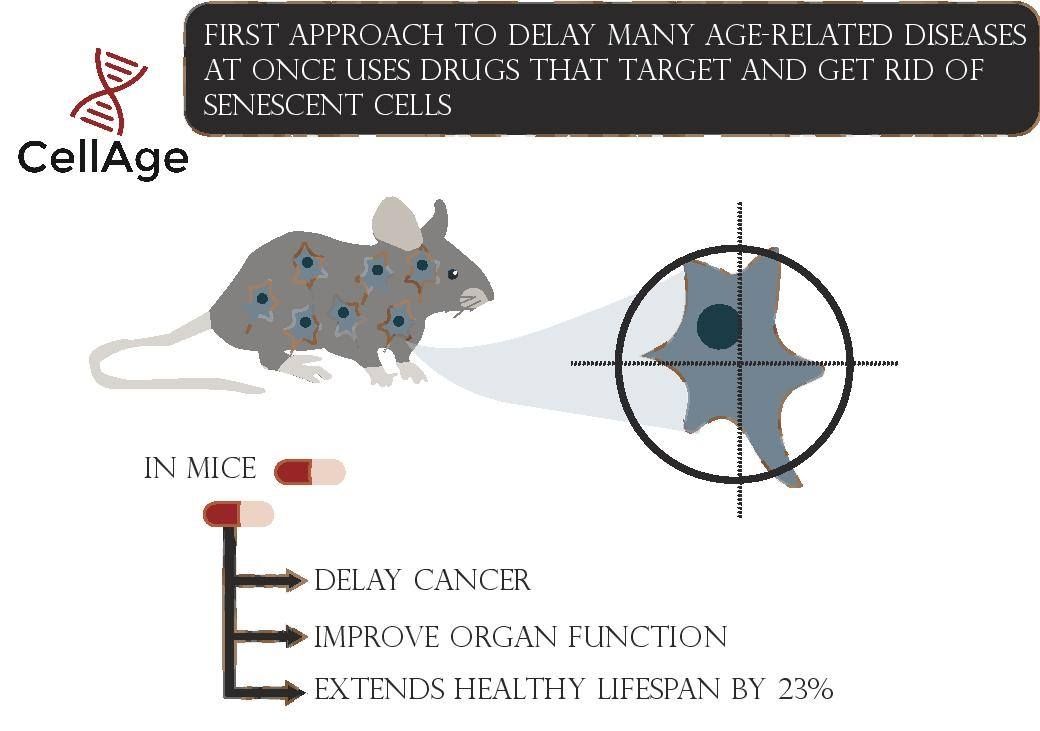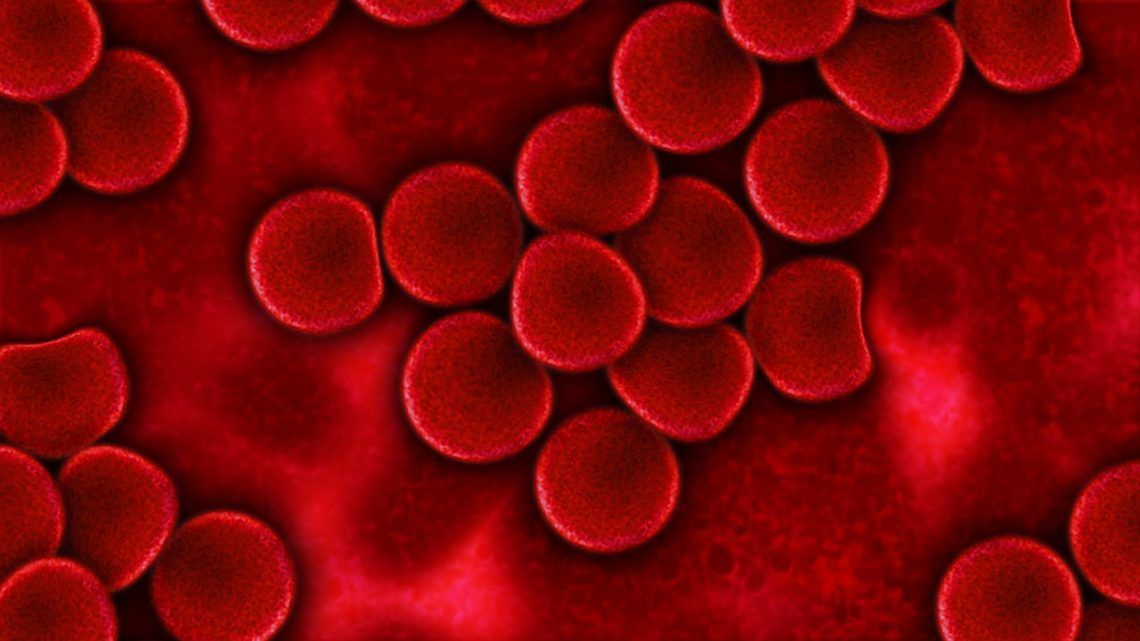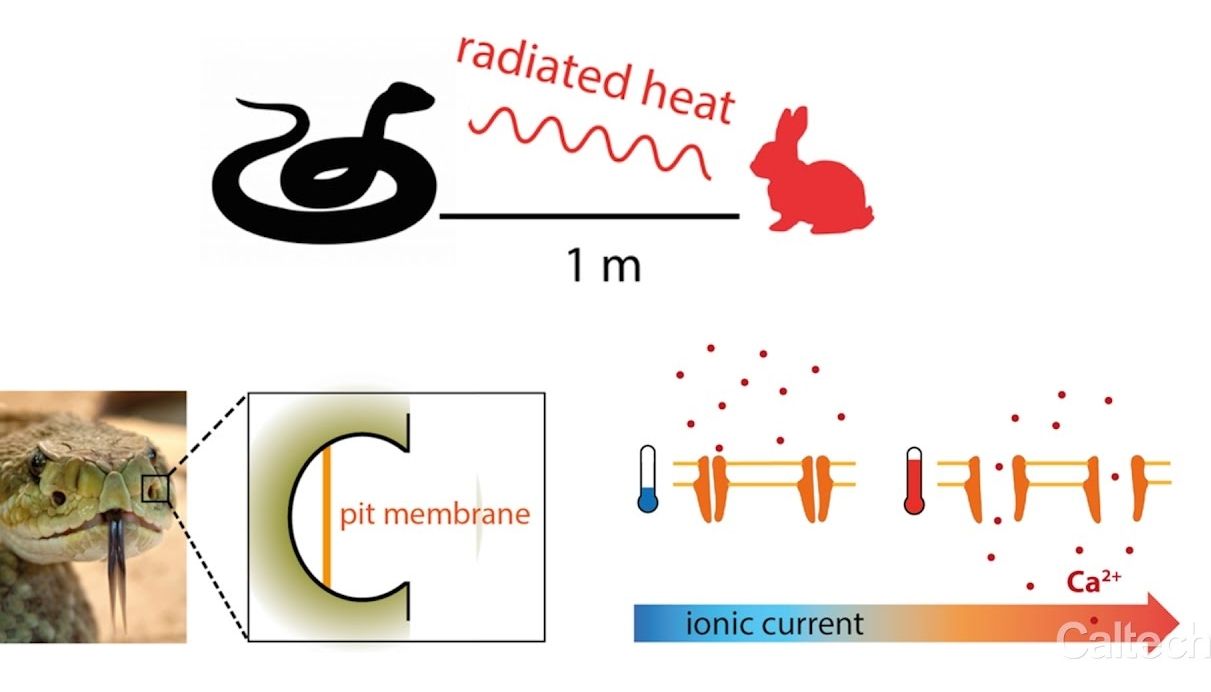When I saw this article, I chuckled. Although the article zeros in on CRISPR, we could in some ways claim humans have already been altered by various stimulates over time especially as we look at steroids, botox to improve neuro & nerve ending activities, etc.
Humans continue to accomplish technological feats that change the world as we know it, often doing so in such fundamental ways that the previous generation scarcely recognizes the new society. Those of us in our late teens and early 20s will not be immune to this fate. We too will not recognize our planet, and it will be sooner than later.
For the past few decades, scientists have been toying with a piece of prokaryotic DNA that enables these single-celled organisms to defend themselves from viral invaders. CRISPR, as it is abbreviated, allows prokaryotes to remove the DNA that viruses insert into their genome, which, left unattended to, forces a hijacked cell to manufacture new viruses. CRISPR edits a cell’s DNA, cutting out sequences that do not belong. However, its potential goes beyond this function.

















